#antique tale
Explore tagged Tumblr posts
Text
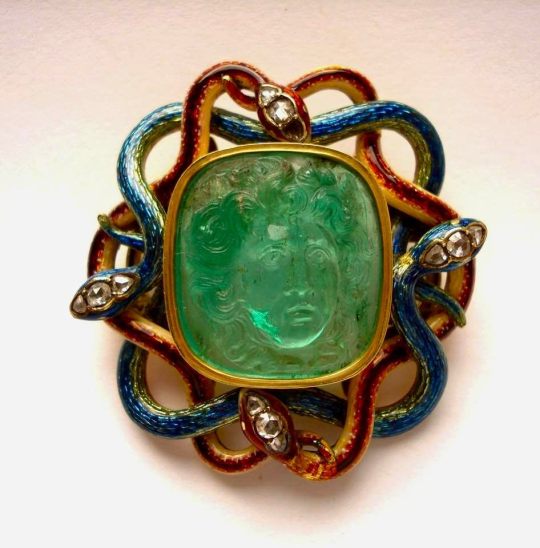
A bracelet clasp with a Medusa on an emerald cameo. Gold is treated with diamond and enamel. 18th century. Made in England.
#medusa#snakes#clasp#enamel jewelry#enamel#gold#green#emerald#cameo#antique jewelry#vintage jewelry#antiquities#ancient jewelry#greek mythology#jewelry#toya's tales#style#toyastales#toyas tales#fashion#art#clothing#summer#september#accessories#fashion accessories#fashion photography#fashion inspiration#fashion history#art history
15K notes
·
View notes
Text
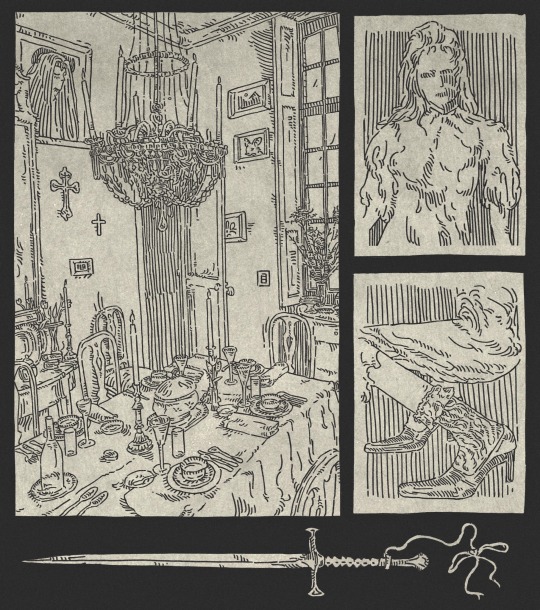
Nuryniíth - Rosemary and thyme
#illustration#dark fantasy#art nouveau#gothic#sketch#sketchbook#dining room#fine dining#vintage#coquettecore#coquette#lolita fashion#aesthetic#sword#ribbon#victorian#old money#oc#oc art#art deco#architecture#interiors#old house#witchblr#witchcore#witchcraft#fine china#antique#tea party#forgotten tales of luthelinn
718 notes
·
View notes
Text

~ Florence Harrison, "The Defence of Guenevere" from Early Poems of William Morris (1914)
via internet archive
#florence harrison#william morris#illustration#vintage illustration#illustration art#antique books#the golden age of illustration#golden age of illustration#art history#art nouveau#pre raphaelite#pre raphaelism#arts and crafts movement#20th century art#guinevere#queen guinevere#arthuriana#arthurian legend#arthurian mythology#vintage academia#edwardian art#edwardian era#early 20th century#1910s#1910s style#1910s art#1914#fairytale art#fairy tale art#e
301 notes
·
View notes
Text







look for the name MARY GRACE (requested by @ratsandfashion) | enfants riches déprimés layered muslin baby doll dress w/ red text embroidery along skirt (s/s 2o22), brokenheirlooms (on etsy) handmade black onyx bead and blood red glass bead garnet rosary necklace w/ antique doll inside sacred heart pendant, dark tales "floating candles" limited halloween edition eau de parfum (frankincense, linen, candlewax, amber, violet, moss, vanilla), antique victorian-era lace-up black leather heeled boots, antique prayer book w/ gilded page edges and side lock (locking mechanism is missing) (c. 191o's), antique cilice and fabric belt choker (instrument of penance) (18th cent.)
#mary grace#name#ratsandfashion#request#outfit#enfants riches déprimés#dress#muslin#brokenheirlooms#jewellry#rosary#antique#vintage#retro#etsy#handmade#boots#footwear#edp#perfume#dark tales#prayer book#cilice#penance#religious#christian iconography#queue
191 notes
·
View notes
Note
Am i the asshole f'r getting mine own neighbour burn'd at the stake?
i wenteth to the farm'rs marketeth lasteth weekend, and hath bought mine own goat - daisy. I intend'd to selleth the cheese yond the lady maketh. Mine own neighbour claim'd yond t wast in fact h'r goat yond wond'r'd off of h'r landeth, and the lady wouldst liketh t backeth.
i didst not wisheth to shareth the cheese, and toldeth h'r to leaveth me beest.
i didst some bethinking, and realis'd the lady may has't been a beldams! how didst the lady knoweth yond daisy hath appeared at mine own doth'r lasteth weekend? daisy wast a gift from god, i sayeth!
i rep'rt'd h'r to the church and yest'rday the lady wast burn'd at the stake.
though i feeleth guilty. P'rhaps i wrongly accus'd h'r? h'r 16 children art v'ry upseteth (though, those gents shouldst beest greatly joyous as those gents receiveth half a bean m're f'r dinn'r) and i am not making much wage on the cheese.
so. Am i the asshole?
#aita#am i the asshole#joke aita#btw my apologies to anyone who's clutching their head reading my attempt at antiquated dialect#what do you even call that. i know it's not middle english cause that's canterbury tales
531 notes
·
View notes
Text




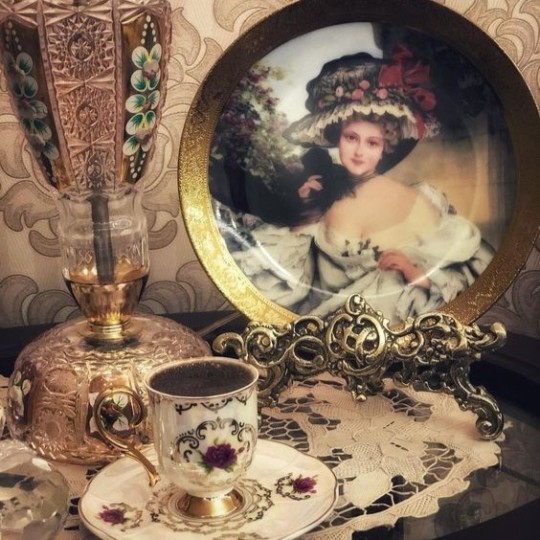




#aesthetic#cottage style#princesscore#fairy tale aesthetic#royalty#antique#vintage#antique aesthetic#princess vibes#coquettecore#dollette#vintage aesthetic#fairy tales#cottage aesthetic#vintage vibes#cottage vibes#cottagecore#antique decor#cottage#light academia#princess aesthetic#comfort#fairy tale#fairy vibes#coquette#coquette vibes#academia aesthetic#photography
196 notes
·
View notes
Text

JB Lippincott 1872
#historic#vintage#nature#antique#early 20th century#historical#book cover#antique books#history#late 19th century#fairy tales#book porn
64 notes
·
View notes
Text

The Abduction of Europa by Jean-François de Troy
#jean françois de troy#art#europa#zeus#crete#greek mythology#princess#phoenician#tyre#folk tales#folklore#mythology#europe#european#mediterranean#ancient greek#ancient greece#mythological#bull#cretan#gods#classical antiquity#tales#ancient#religion#religious#sea
105 notes
·
View notes
Text

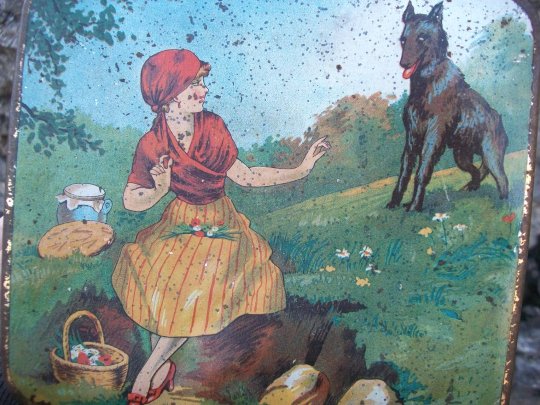
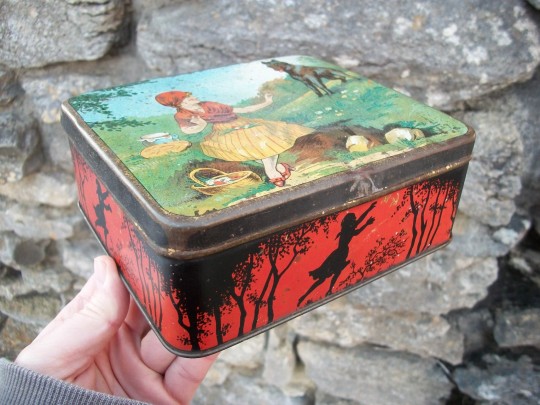
I love this vintage tin I picked up a while back at a local antique store. The art on the lid is a unique take on Little Red Riding Hood and the Big Bad Wolf!
It was most likely a candy/treat tin but sadly there are no maker's marks and so far I haven't been able to find another one like it. I did find this watercolor painting that is very similar though! Not sure if it was inspired by the tin artwork or vice versa.
#red riding hood#fairy tales#little red riding hood#big bad wolf#vintage art#antiques#vintage tin#most tins I buy I make into curiosity collections to sell#but i think im gonna keep this one lol <3
35 notes
·
View notes
Note
Hii Dr. Reames, I hope you're having a good day.
I've seen the claim several times that Hephaistion's funeral was the most expensive (or one of the most expensive) in history or at least of its time, how true is that? I'm curious to know how much money Alexander spent and how much that amount would be equivalent to today
Hephaistion's Funeral
Making comparisons between ancient and modern costs is tricky because it's not one-to-one. Accounts say Alexander spent 10 or 12-thousand talents on Hephaistion's funeral. It doesn't specify of gold or silver, but silver is probably to be assumed if gold isn't specified. As of today (12/7/24), a gram of silver is worth $1.00, US, and an Attic talent is estimated at about 26 kilograms. I'm using Attic, although archaeologists DO actually know the silver weight for Macedonia in Alexander's reign...but I'm not sure where to find that (without a lot of digging), so Attic will do as an estimate; it won't be enormously far off.
26,000 grams of silver = 1 Attic talent. Multiplying that, we get $260,000,000 for 10,000 talents.
BUT the real question is what will that buy? That's why one-to-one conversion is meaningless. For instance, a cheap t-shirt in the US is under $10, more if specialized or nice soft cotton...but a cheap wool garment (chiton) in Classical Athens was about 20 drachmai or 10 days' wages. Linen was at least twice that. (Why clothes were made at home.) The standard wage for a skilled laborer was 2 drachmai a day. A single talent = 6000 drachma, so a skilled laborer earned a talent in a little over 8 years, if he worked every day, 8.5 if he took off for holidays.
(An article on the cost of common items in Classical Athens.)
So, Hephaistion's funeral (low-end) cost the equivalent of 1 year's wages for 80,000 people, or the entire population of Kalamazoo, Michigan (minus temp college students), and then some. Or you could buy 13 million wool chitones. The entire population of modern Greece in 2023 was not-quite 10.5 million.
Whether that's the most expensive funeral in history, I don't know that we have the data to say...so avoid hyperbole. We CAN say it was hella costly.
BUT I'd also caution that we must take these numbers with a grain of salt--just like the supposed cost of Boukephalas, Alexander's famous warhorse, at 13 talents. Whatever the funeral actually cost, it almost certainly didn't cost 10K talents, much less 12K.
By the Roman era, Hephaistion's funeral had become the ne plus ultra of "excessive grieving" = lack of sophrosune/self-control = A BAD THING. The "moral of the story" was that, in his final years, Alexander had lost it...excessive wealth leading to complete immoderation. IOW, Alexander the Great = Elon Musk.
It's also important to point out that, whatever it did cost, Alexander was not the sole donor. Both people and cities in the empire sent money, some to honor Hephaistion, others to avoid Alexander's ire or to gain his favor. We have no way of knowing what percentages were, but it's worth noting a general outpouring of financial contributions.
There is also disagreement as to whether the whole thing went to his funeral pyre, or to a monument (like the Mausoleum), or to a mixture of monument and pyre. I'll go with door #3, btw.
Whatever it was doesn't seem to have been fully completed by Alexander's own death, 9-10 months later. Diodoros gives us our fullest description, but he may have been working from plans, not the completed structure.
(Sketch below: Quatremere de Quincy, publ. on Magasin Pittoresque, Paris, 1849, available from Getty Images.)

#asks#Hephaistion#Hephaestion#Hephaestion's funeral#Hephaistion's Pyre#Hephaistion's funeral#Alexander the Great#Alexander as a cautionary tale#Alexander the Great was the richest man in his world#problems with making cost-comparisons between antiquity and now#Classics#ancient history#ancient Greece
26 notes
·
View notes
Text

A Byzantine Gold Collier with Emeralds, Sapphires, Amethysts and Pearls, from a workshop in Constantinople (late 6th-7th Century AD).
#byzantine history#byzantine art#byzantine#gold jewelry#antique jewelry#antique#gold#gold necklace#necklace#constantinople#toya's tales#style#toyastales#toyas tales#fashion#art#clothing#november#fall#artifact#antiquities#art history#jewelry#jewellery#jewelry history#world history#emeralds#amythest#sapphire#pearls
4K notes
·
View notes
Text
The Handmaid’s Tale: this is an event venue in Washington DC!
Me: that is very clearly Casa Loma
Me: I can recognize the hallway that they also used as the hotel hallway in Crimson Peak
Me: and I have that stained glass ceiling in my blog header
Me: you’re not fooling anyone
#the handmaid's tale#Toronto#has like three filming locations I swear#and one antique store to supply fancy China to productions given that#The Cushings’ every day china in CPeak was also used in THT#(The set is for sale online right now but I can’t afford it and I have no use for it)
42 notes
·
View notes
Text

~ Eleanor Fortescue-Brickdale, from Poems of Alfred Lord Tennyson (1905)
via internet archive
#eleanor fortescue brickdale#alfred lord tennyson#illustration#vintage illustration#illustration art#art history#golden age of illustration#20th century art#edwardian art#pre raphaelite#pre raphaelism#arts and crafts movement#british art#english art#early 20th century#early 1900s#antique books#fairy tale art#fairy tale aesthetic#fairytale aesthetic#fairytale art#1900s#1900s art#1900s style#1905#e
99 notes
·
View notes
Text
*taps mic* This is a highly specific thing that irks me, but here we go: stop using the terms “canon” or “original” to refer to mythology, folklore, and fairytales. Canonicity is a modern concept (as in, the past several hundred years) that only applies to modern novels, films, and other such works. Stories like mythology, folklore, and fairytales that belong to large people groups, while different tellings may share certain fundamental details, by their nature will vary in their details great and small simply due their being told over and over again by different people over great swaths of time, and looking for the “original” is most often pointless, as these stories are usually so old that their first telling is lost to time, and calling the oldest source we have the “canon” version is incorrect, as in all likelihood the true “oldest” version has not been and never will be discovered, and doing this is a gross misunderstanding of how cultural storytelling functions—thus, mythology, folklore, and fairytales fundamentally cannot have a conclusive canon. *leaves stage*
#people more knowledgeable on the subject feel free to chime in#it cracks me up that even the Greeks in antiquity were having debates about canon—did you know that ancient Greeks used to debate about#whether or not Helen was taken willingly or not in their rhetoric classes?#mythology#fairy tales#folklore
25 notes
·
View notes
Text
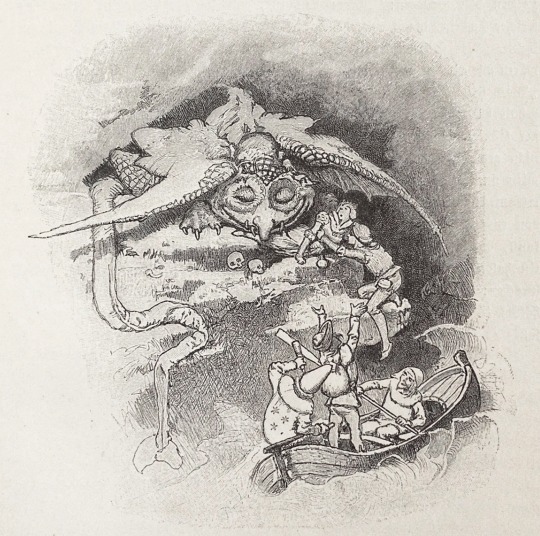
Kinder und Hausmaerchen der Brueder Grimm (sic)
Ca. 1895
Artist : Hermann Vogel
#antique book#children's literature#fairy tale#children's books#children's illustration#vintage illustration#fairy story#children's book#fairy tales#old illustration#fairy#old book#the brothers grimm#circa 1895#hermann vogel#engraving#monster
369 notes
·
View notes
Text

‘Browse through the shelves and see what you find
Trinkets and items and souls left behind
Tales within these pages confined
Hold memory, loss, and fate intertwined.’ ✨
Step inside the pages of Wolfe’s Tales, and discover the rich worlds contained in the nine short stories within. Each story is a different genre and style, linked by an antique store and the mysterious, ever-changing owner, Wolfe. Within these pages, you will find memory and loss, horrors and delights.
We are pleased to announce the upcoming release of our short story anthology, Wolfe’s Tales. We are a group of Flinders University students, undergoing this project as part of our final year of University. The anthology centres on the idea of antique shops, and the enigmatic and ever-different owner, Wolfe.
It has been an intense ride, but we are so happy to soon get to share our stories. Our book launch will be on the 12th of November at the Tavern at Flinders University, Adelaide (Australia) - times and further details to come! Make sure to follow us here to stay up to date with our process, and to be the first to know about the exciting things we have in the works (I have heard rumours of a giveaway 👀).
#book#writing#bookblr#authors#short story#short stories#bibliophile#book photography#anthology#bookworm#currently reading#academia#dark academia#antique#reading#wolfes tales
19 notes
·
View notes